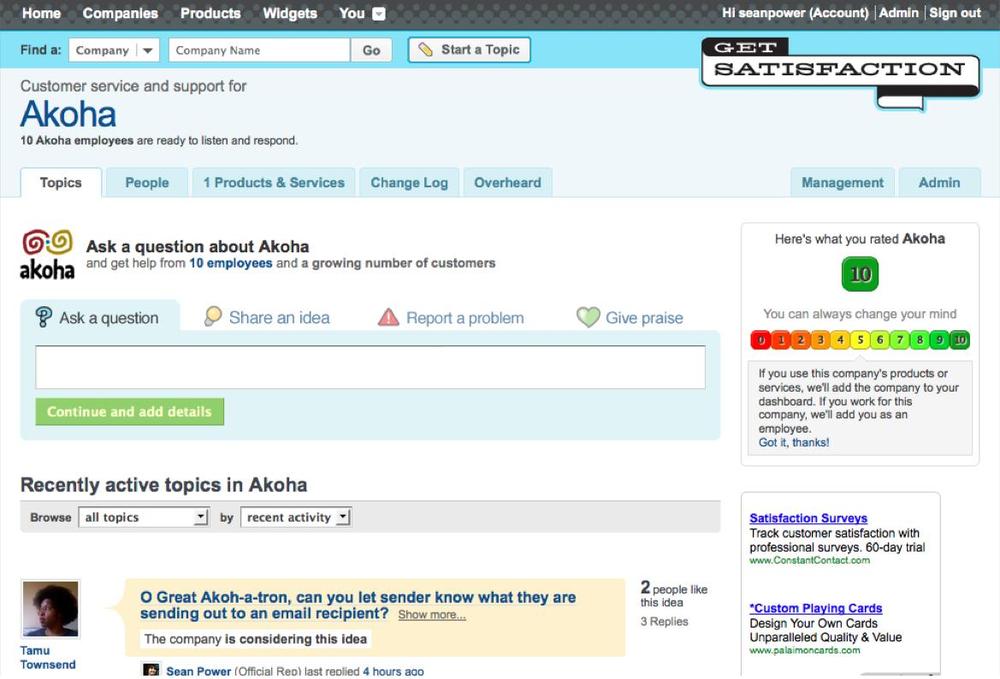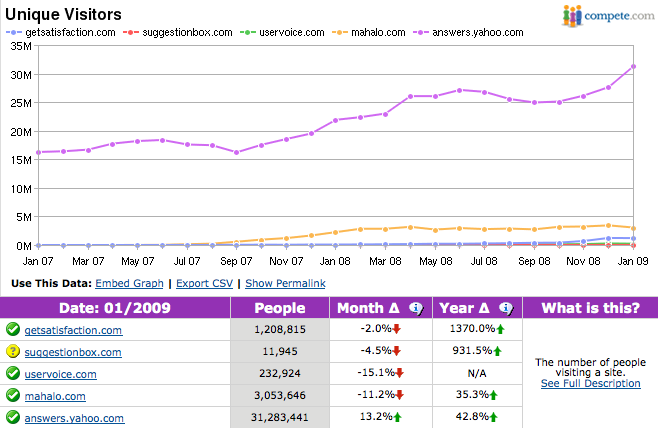One of the most compelling reasons to create and engage communities is that customers love helping one another. They’re good at it. It’s also much cheaper for customers to service themselves than it is for you to handle their support calls.
We’ve known for many years that online service is cheaper than the in-person alternative. A 1997 study conducted by Booz Allen Hamilton showed that a web banking transaction cost a bank just $0.01, compared to $0.27 for an ATM transaction and $1.07 for a transaction carried out in person. Dell Financial Services estimates that it saves $1.41 for every transaction completed online versus a transaction completed by an employee.
It’s not just about cost savings. Communities often provide better support more quickly than the manufacturer itself. To harness the power of better, faster answers that cost less, you need to create a platform for discussion and moderate it. Because support communities benefit both end users and companies, they are one of the fastest-growing community initiatives within businesses.
Consider Adobe’s community help site, shown in Figure 12-15, for example. It’s run by the company itself on systems that it controls, staffed by subject matter experts, moderators, and editors. In fact, the company often promotes its online community rather than its support sites.
Other support platforms are less tied to a particular company. Mahalo Answers, for example, is a self-organizing community that tries to help its members with a variety of topics. And sites like Stack Overflow, shown in Figure 12-16, build around a particular subject matter or topic—in this case, developers.
Support communities can just as easily appear on Google groups, IRC channels, or anywhere a company’s users congregate. Most of the members of these communities will arrive through word of mouth, or by searching for a particular name, brand, or string.
Users have to be able to explain their problems easily and find the best potential answers. Often, this is a combination of robust search and a means for community members to upvote the most relevant or well-prepared responses. This kind of functionality is one of the reasons support-focused sites like Get Satisfaction, shown in Figure 12-17, have grown in recent years—they offer better rating, organization, and feedback mechanisms than generic communities such as mailing lists or Usenet.
Figure 12-17. Get Satisfaction is a customer satisfaction portal where communities demand attention from companies
Community self-service sites are growing quickly. While Yahoo! Answers dominates the self-support field today with millions of unique visitors a month, some of the more targeted, topical support sites we’ve seen are rapidly gaining market share (Figure 12-18).
Figure 12-18. Up-and-coming sites have healthy growth; established sites have huge numbers of visitors




